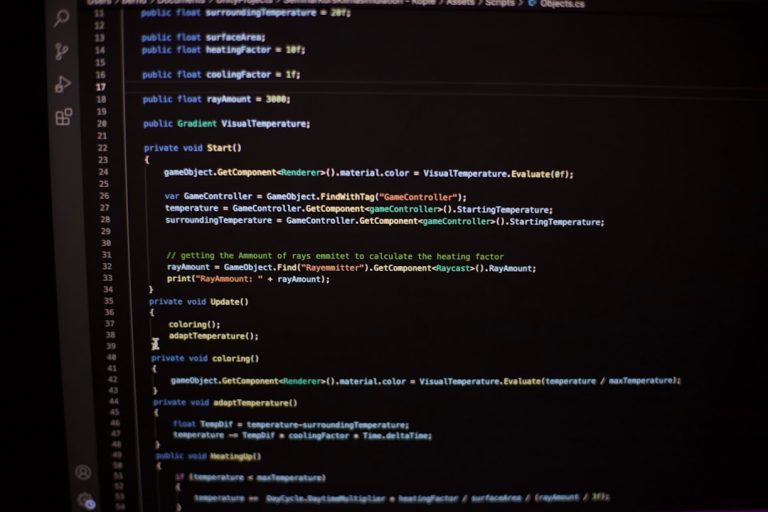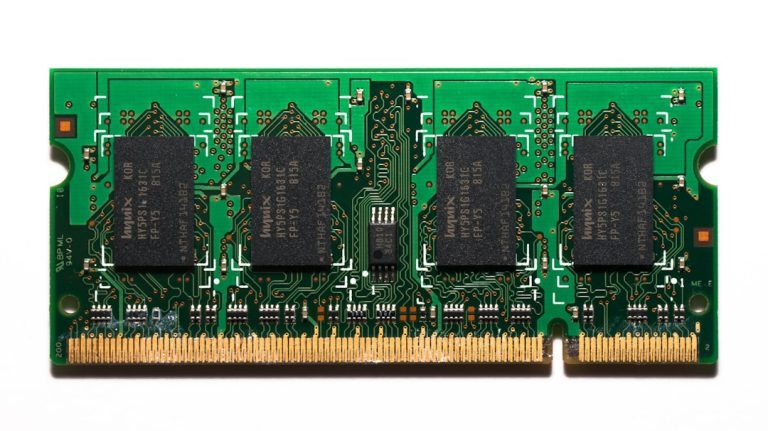When users complete a desired action on your website—whether it’s submitting a form, making a purchase, or subscribing to a newsletter—it’s essential to acknowledge their interaction. This is where a “Thank You” page comes into play. In PHP-based websites, crafting a quick and effective Thank You page is a vital step for user experience, engagement tracking, and potential conversion opportunities.
This article will guide developers and website owners through the process of creating a simple yet professional Thank You page using PHP. It will also provide a reusable template and highlight some best practices to make the most out of this often-overlooked webpage.
What Is a “Thank You” Page?
A Thank You page is the next page a user sees after completing a specific interaction on your site. It serves several key purposes:
- Confirming user actions: Lets users know their action was successful.
- Providing next steps: Offers navigation suggestions or further actions.
- Tracking and analytics: Triggers conversion goals in tools like Google Analytics.
- Enhancing user experience: Builds trust and appreciation with users.
Especially in PHP-powered websites, integrating a Thank You page is a straightforward process that can yield big UX and marketing benefits without much effort.
Why Use PHP for Thank You Pages?
While static HTML Thank You pages are common, using PHP adds flexibility and control. PHP allows for:
- Dynamic content (e.g., user names or specific messages)
- Form validation and server-side logic before final output
- Conditional rendering based on user behavior
- Secure processing of form or transaction data
Thanks to PHP’s server-side nature, it can check whether input data was actually received or if a Thank You page is being accessed directly. This can help thwart unnecessary traffic and enhance the page’s integrity.
Basic PHP “Thank You” Page Template
Let’s look at a quick and reusable PHP-based Thank You page. You can simply customize this based on your website’s objectives.
<?php
// You can use session variables or query strings to personalize the message
$name = isset($_GET['name']) ? htmlspecialchars($_GET['name']) : 'Valued Visitor';
?>
<!DOCTYPE html>
<html lang="en">
<head>
<meta charset="UTF-8">
<title>Thank You</title>
<style>
body { font-family: Arial, sans-serif; background-color: #f4f4f4; text-align: center; padding: 50px; }
.container { background-color: white; padding: 40px; border-radius: 10px; max-width: 600px; margin: auto; box-shadow: 0px 0px 10px #ccc; }
h1 { color: green; }
p { font-size: 1.2em; }
a.button { background-color: green; color: white; padding: 10px 20px; text-decoration: none; border-radius: 5px; }
</style>
</head>
<body>
<div class="container">
<h1>Thank You, <?php echo $name; ?>!</h1>
<p>Your submission has been received successfully.</p>
<p>We appreciate your time and interest.</p>
<a class="button" href="index.php">Return to Home</a>
</div>
</body>
</html>
This lightweight script accomplishes all the necessary tasks:
- Thanks users by name (when passed in the URL like ?name=Sarah)
- Uses clean and easy-to-read HTML embedded within PHP
- Has visually appealing formatting with basic CSS

Dynamic Elements You Can Include
To make your Thank You page more interactive and personalized, consider incorporating the following components:
- Order summary or transaction ID – gives a sense of confirmation and transparency
- Download links – useful for providing downloadable content
- Call to Action (CTA) – guide users to next steps such as sharing on social media
- Survey or feedback forms – ideal for gathering insights right after an interaction
With PHP, all these elements can be generated dynamically depending on user input or backend data. This adaptability gives developers the ability to present only relevant content to each user.
Security Considerations
Even for something as simple as a Thank You page, security should not be overlooked. Here are some common concerns:
- Cross-site scripting (XSS): Always sanitize and validate user input using functions like
htmlspecialchars(). - Direct Access: Prevent users from accessing the Thank You page without completing a form by using sessions or tokens.
- Data exposure: Never display sensitive information in GET parameters or HTML.
By embedding common PHP security practices, you ensure your page does not expose your server or user data to unnecessary risks.
Ideal Placement and Redirect Strategy
After successful submission of a form or completion of a transaction, it’s best to use PHP to redirect users to this Thank You page using the header() function.
<?php
// This example is used inside your form handler script
header("Location: thankyou.php?name=Sarah");
exit();
?>
Not only does this guide users to the correct page, but it also keeps your code clean and hands-off for end users. You can also use sessions instead of URL parameters for added security.

Enhancing User Engagement on Thank You Pages
The Thank You page isn’t just the end—think of it as the start of the next interaction. Consider enriching it with:
- Email signup confirmations
- Social media sharing options
- Referral links or coupon codes
- Product recommendations based on user interest
Adding these elements can significantly boost your website’s engagement metrics and open opportunities for further interaction.
Testing and Analytics
Don’t forget to integrate analytics for tracking conversions. Add a Google Analytics event or Facebook pixel to know when users reach your Thank You page. Here’s a basic implementation:
<script async src="https://www.googletagmanager.com/gtag/js?id=UA-XXXXXX"></script>
<script>
window.dataLayer = window.dataLayer || [];
function gtag(){dataLayer.push(arguments);}
gtag('js', new Date());
gtag('config', 'UA-XXXXXX');
// Track conversion
gtag('event', 'conversion', {
'send_to': 'UA-XXXXXX/thankyou_page'
});
</script>
Testing is equally important. Try accessing the page with and without form completion, and test on multiple browsers/devices. Ensure the data is sanitized properly and your redirects are working as expected.
Conclusion
Creating a PHP-based Thank You page is a simple but effective way to appreciate user interactions, reinforce trust, and usher them toward further engagement. By implementing dynamic variables, thoughtful design, and tracking strategies, developers can turn this basic page into a powerful asset for the website.
FAQ
- Q: Can I use JavaScript instead of PHP for the Thank You page?
A: Yes, but PHP gives you server-side control and added security. JavaScript can complement PHP for enhancing the UI. - Q: How can I prevent users from accessing the Thank You page directly?
A: Use PHP sessions or token validation to ensure the page is only reachable after a legitimate action. - Q: Can I include multiple values like product or price dynamically?
A: Absolutely! Pass more data through session or POST/GET variables and display




